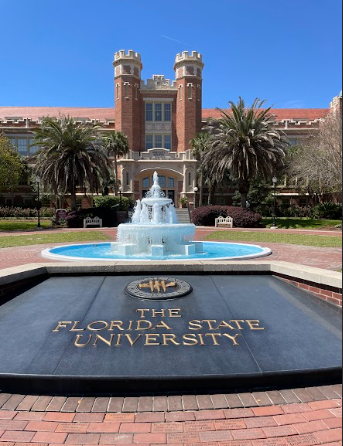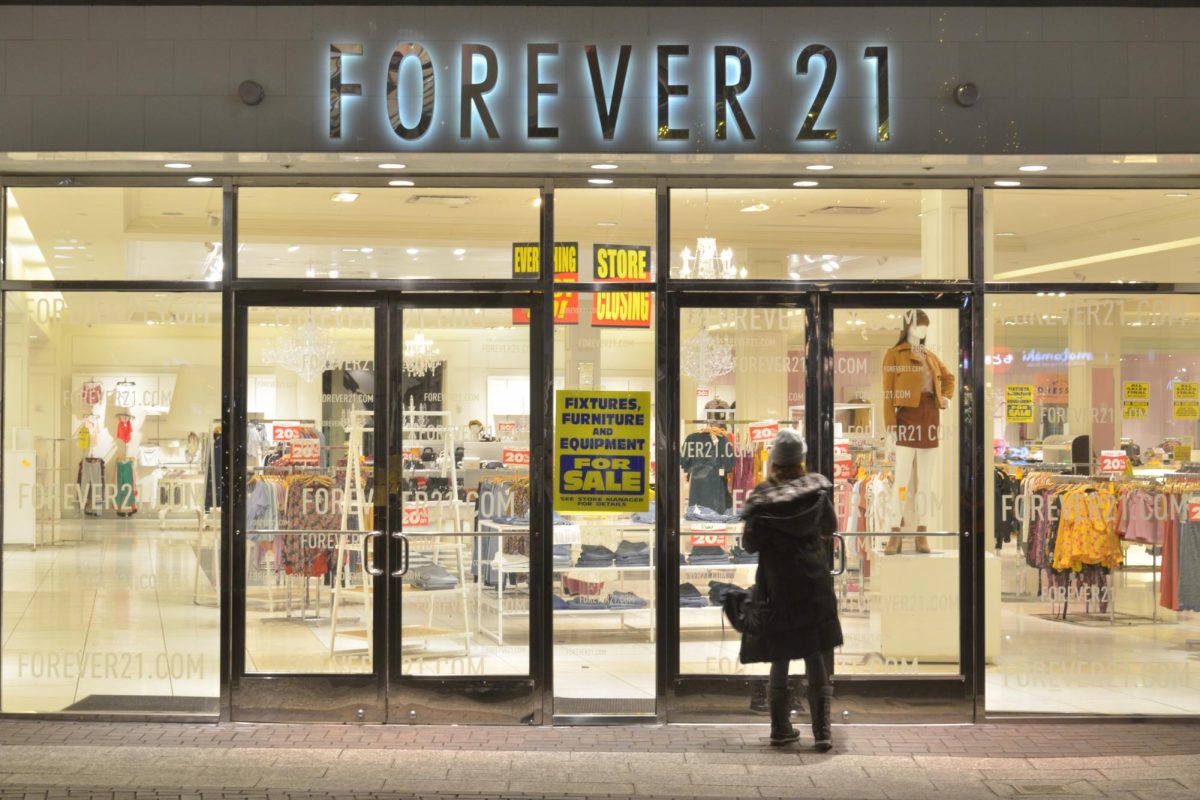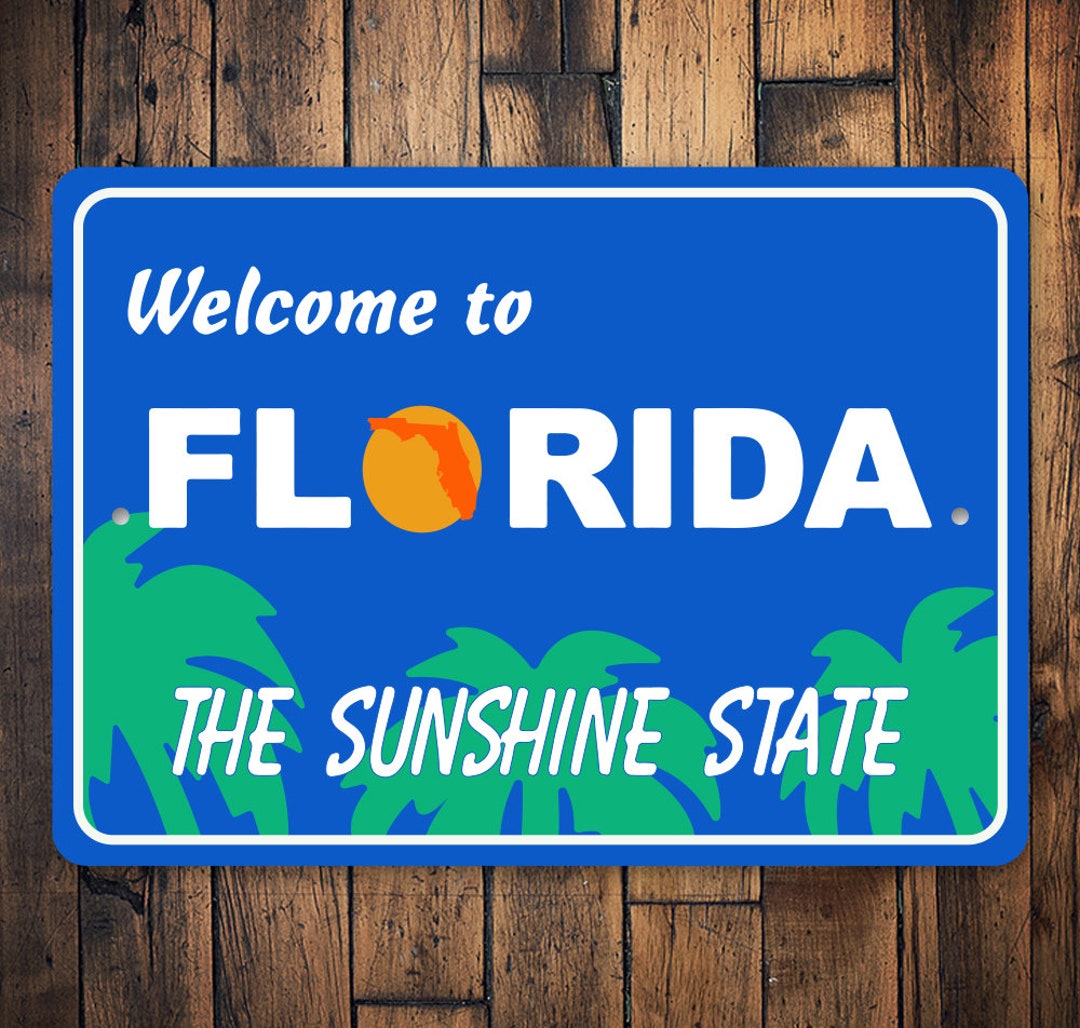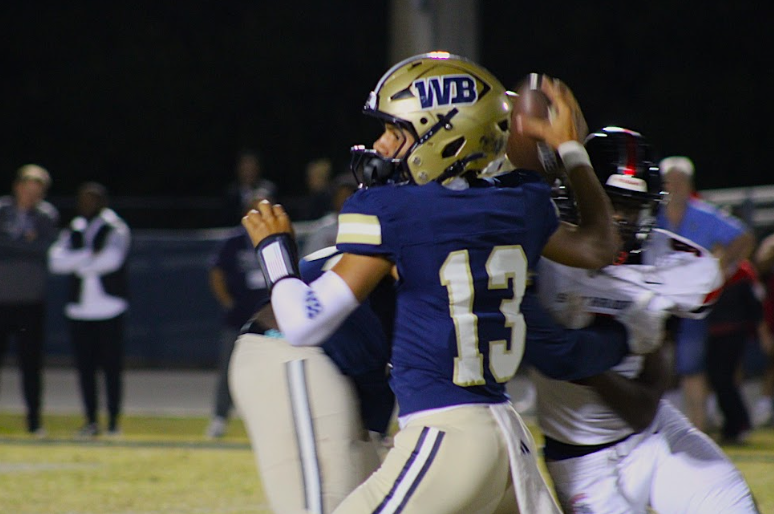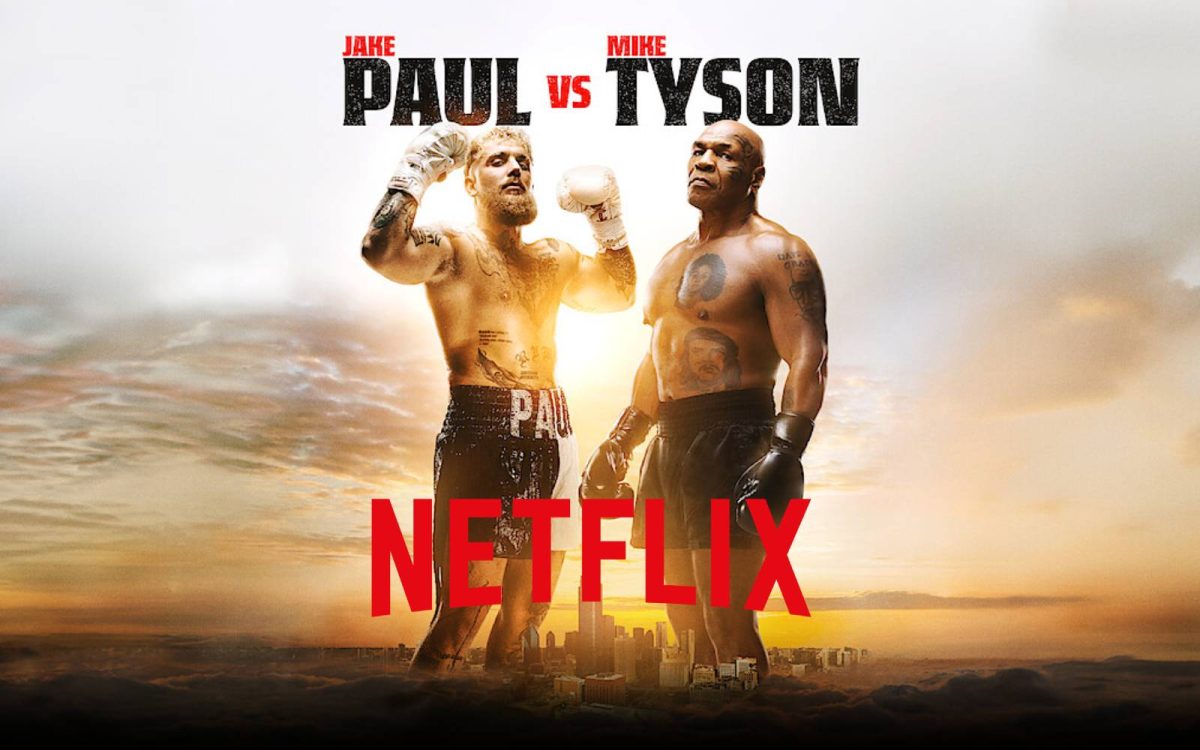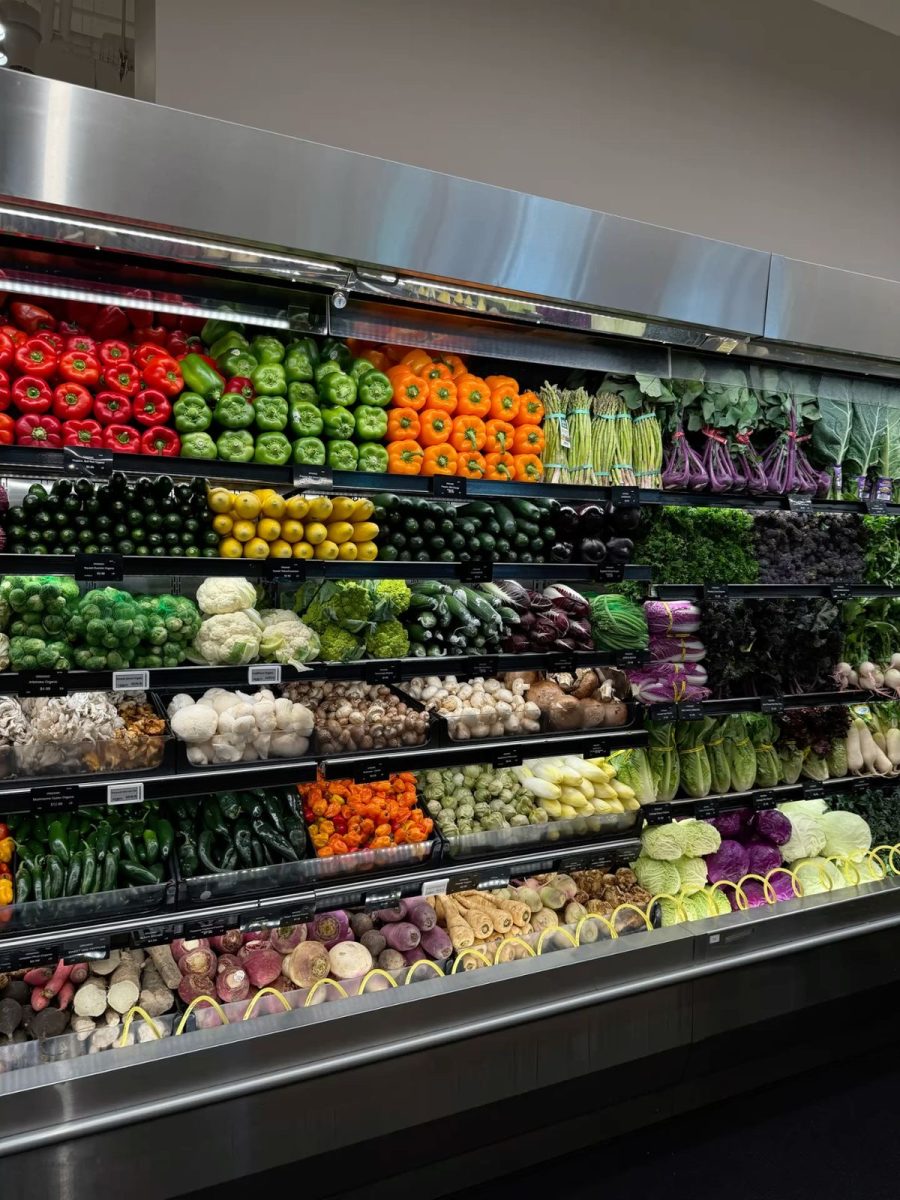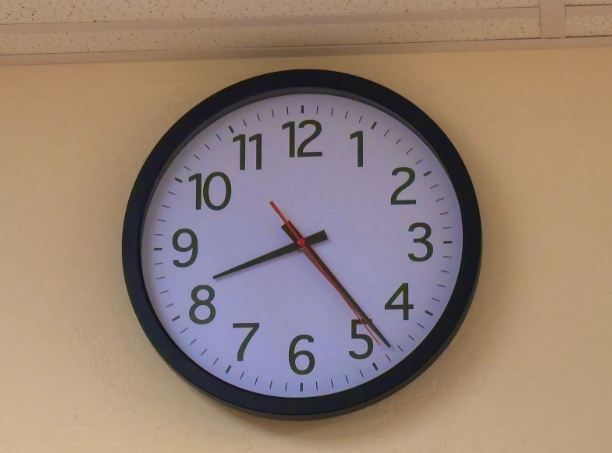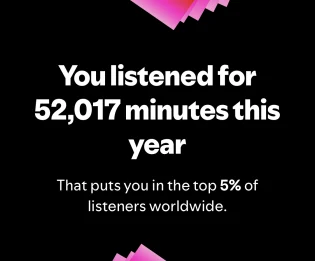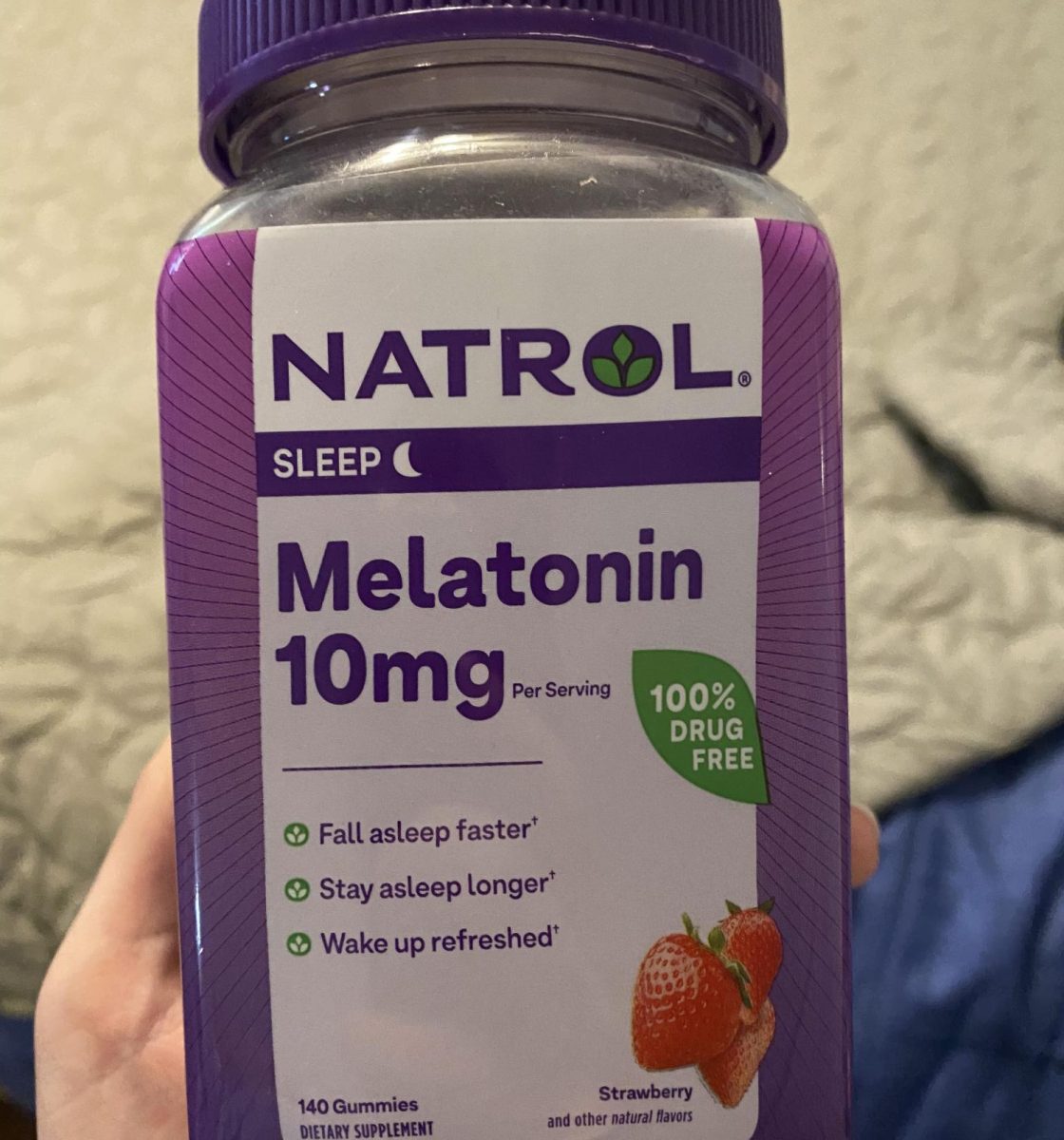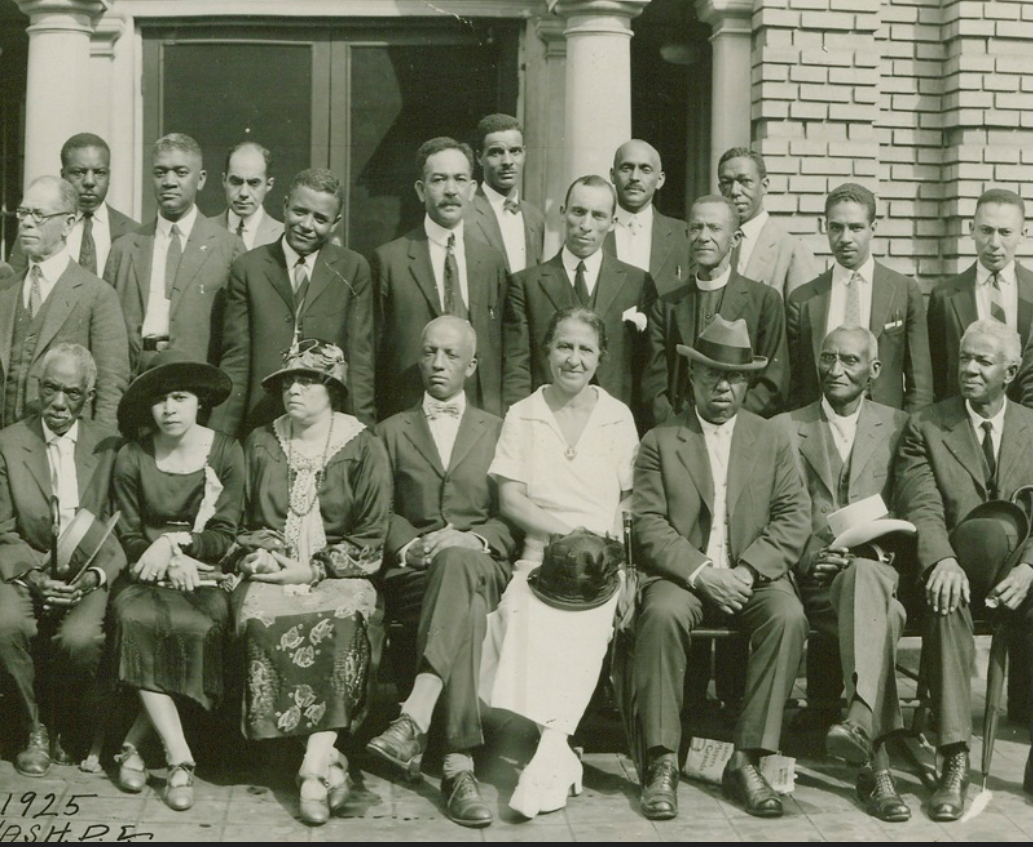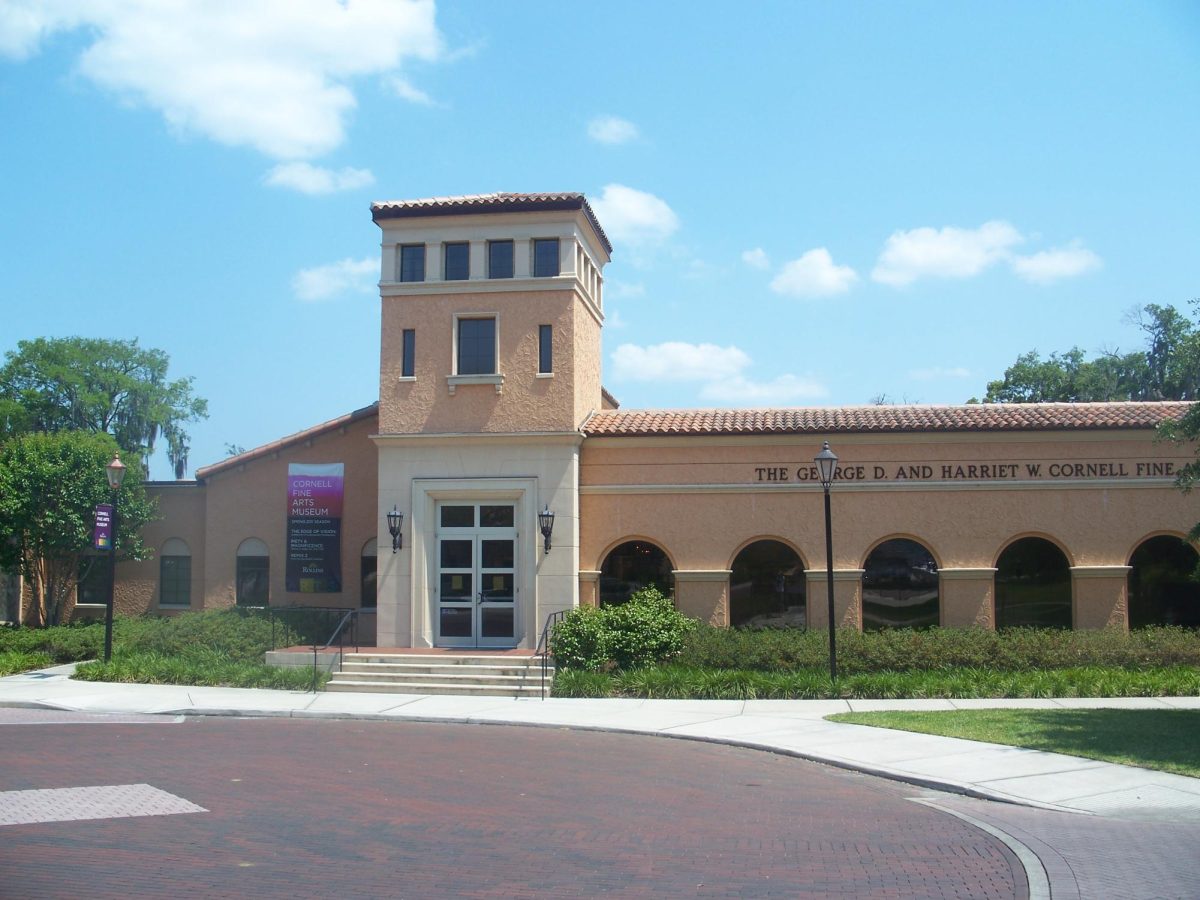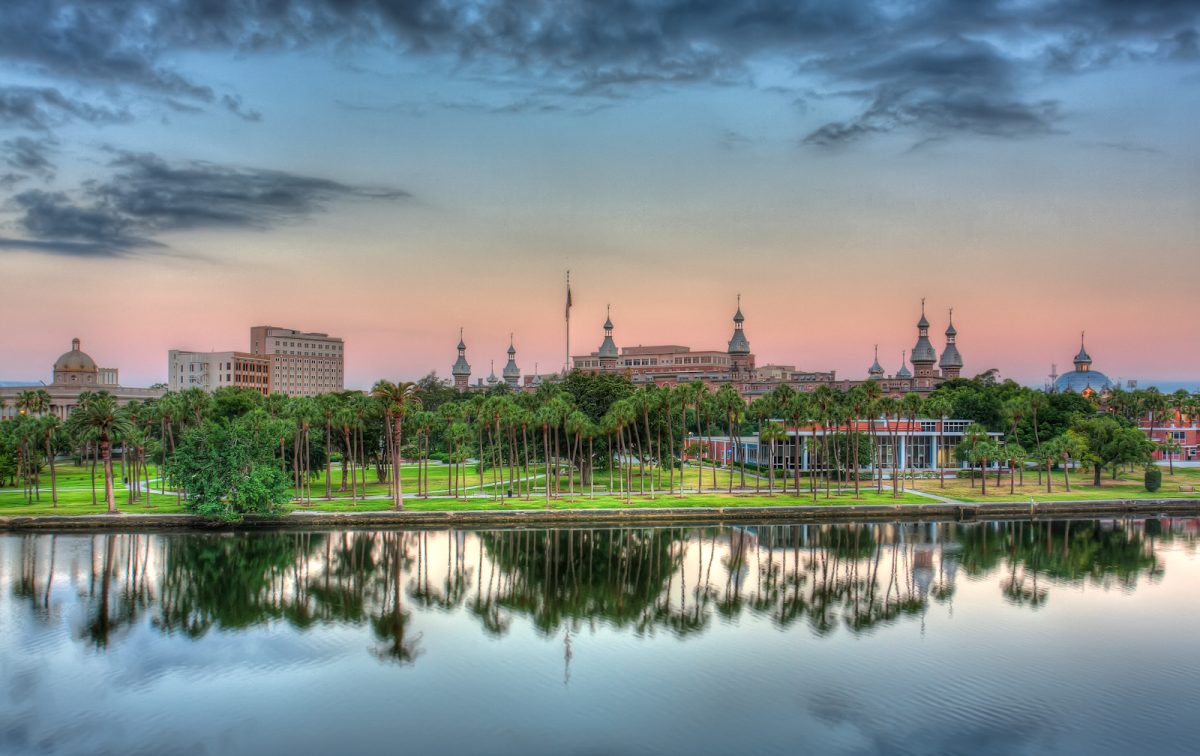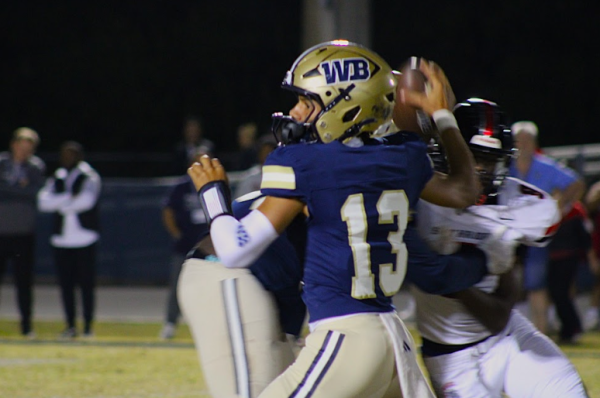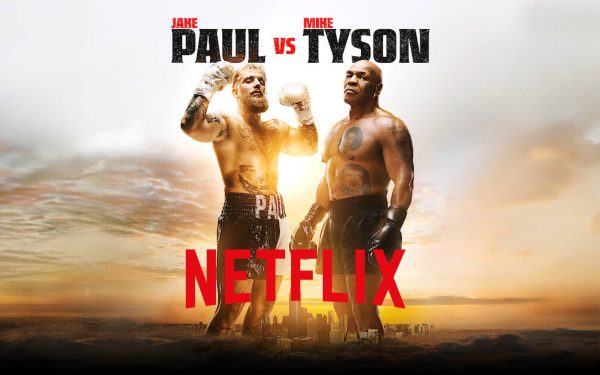Commercialization of Valentine’s Day
Valentine’s Day and its extent of commercialization in the United States.
February 14, 2022
Rosy hearts and scarlet boxes fill shopper’s carts every February. Stores appeal to the people’s demands, selling trinkets, flowers, or chocolates for the special occasion: Valentine’s Day. This is a significant source of revenue for each shop ready for the flow of consumers, but only for one day; still, they prepare in advance, like any holiday.
Overpriced chocolates and eternal roses are a few examples of popular items. These goods rise in popularity during Valentine’s Day, and they become almost required if you have a significant other in order to blend in with everyone else spending enormous sums (otherwise: Do you truly love them? Do you not care?).
According to a Lending Tree and National Retail Federation survey, the average spent on Valentine’s day can go from $175 to $208.
There is a precedent for such commercialized holidays, like Black Friday (which now may even last a month), but none quite demands people to spend money to prove their love like Valentine’s Day or lose the respect of others, perhaps even their significant other. But sometimes this loss is wanted. As stated in YouGov, “About one in 14 US adults (7%) says that they’ve broken up with someone on Valentine’s Day,” which is attributed to either not having to buy a gift or not wanting to give one when they do not hold feelings for a person.
It is a holiday that forces a person to declare their feelings, even if they are unsure or wish to wait longer. Rather than being about gifts, it should be about appreciating the other person, and not being bashed if they do not follow the traditional commercial nature of Valentine’s Day, which is mostly a way for stores to cash in on the anniversary revenue by lumping it all on one day, so they know to stock up beforehand to make the most of the influx of demand.
Valentine’s Day is Valentine’s Day, and while it has become more commercial, is that not true for all holidays? People decide how they celebrate it, and if they go the traditional route of flowers and chocolates, all the better for the economy. So if you go out today, you have a choice on how you will spend your money and love.


